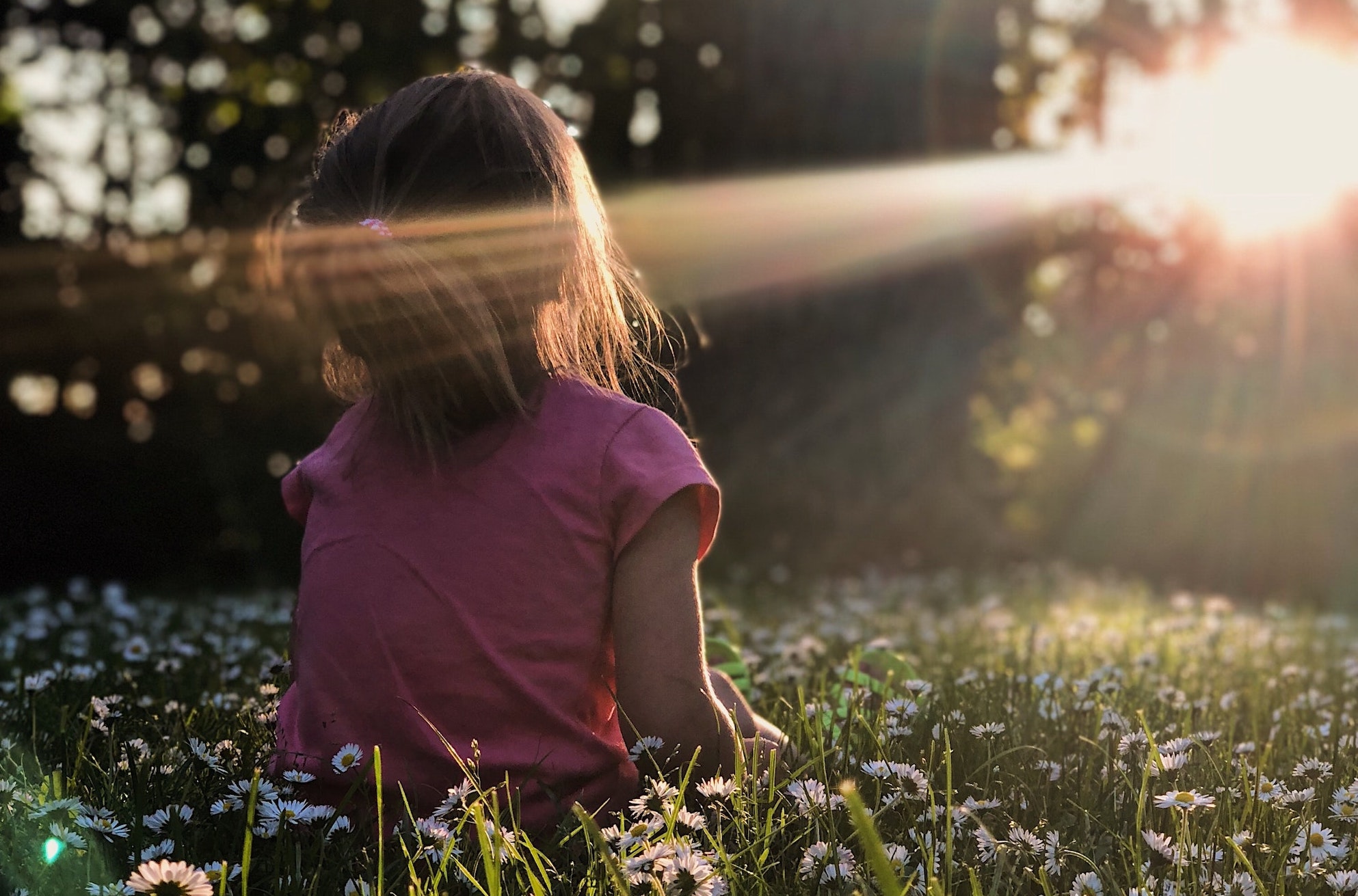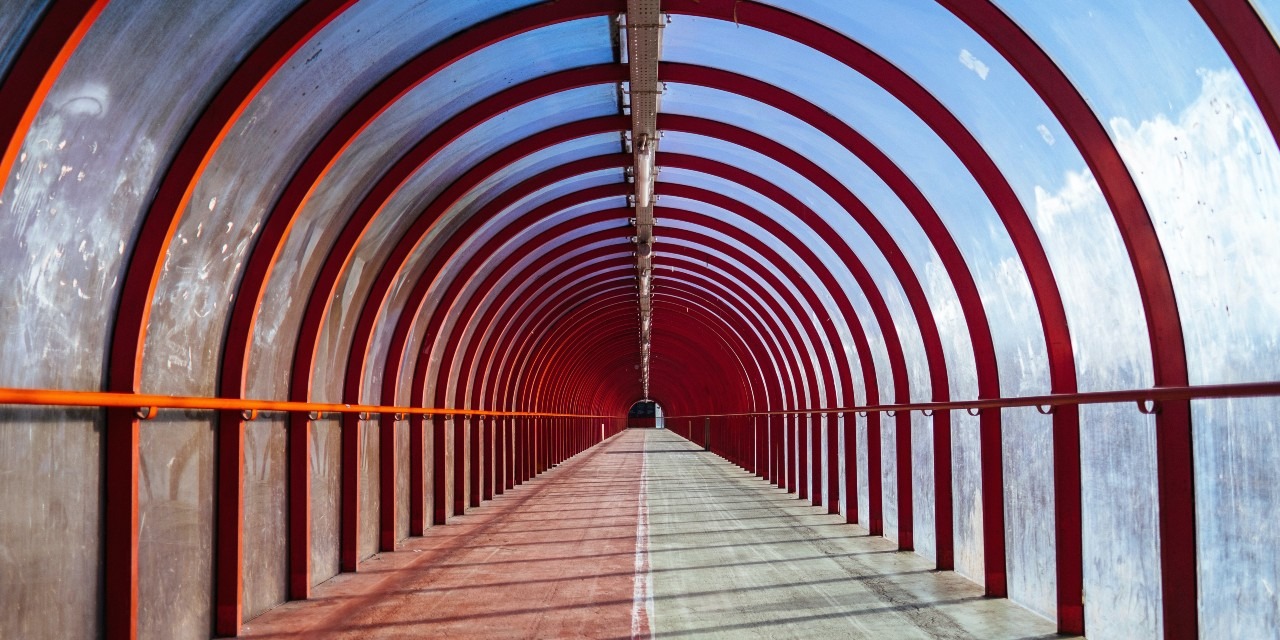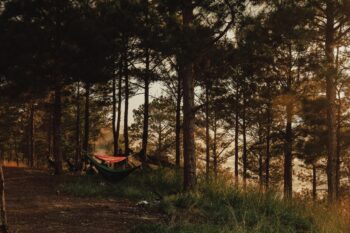In our leadership membership, Clear Harbor, we are discussing “rest and action for freedom,” which has me thinking about my own relationship with rest (and action), how to build more rest into a busy schedule, and take time off for rest.
Have you had the experience of taking time off from work to go on a vacation (or staying home to vacation) and not being rested at the end of that long weekend or week?
This happens to me more than I would like to admit.
Setting aside the time and resources to take a real break is also work. When that break does not give you time for rest, relaxation, or restoration, it is a letdown.
Here are a few suggestions for what to do when a vacation does not equal rest:
- Notice and acknowledge that you did not get rest from a break.
Try to be kind to yourself (and others who were with you) as you do this.
The only way to give yourself what you need is to notice when you don’t have it. - Harness the shift in your perspective.
Usually, a break will give you a new perspective on your current life (even if it does not give you rest). This is an opportunity to make a subtle change.
What did this time away show you that you could have more or less of in your day-to-day life? - Add rest in now!
It is not too late. Take advantage of the change in schedule and routine.
Go to bed early. Sneak away from work during a lunch break.
What did you crave during your vacation that you did not get? A walk, a book, a moment alone, a celebratory dinner…
That “longing” tells you something you can do RIGHT NOW in a small moment.
It may seem indulgent – but you could give yourself a single “sick” day in the next two weeks and “check” a few of your rest desires off your list.
Does that sound divine and mischievous? YES! Do it! - Evaluate for the next time.
What could you do differently before and during your vacation to add rest?
What boundaries can you set for yourself or with loved ones next time?
What did you learn about what vacations give you rest and restoration and which don’t?
Now you know – take one lesson and practice it on your next time off.
I’ve got you if you don’t have any time off and are in go mode right now. Check out my blog post for tips on adding rest when you are busy.
Let me know – have you had a time when a vacation was not a vacation? What did you do to recoup after your non-vacation?
…



![How to bring in joy & intention when building partnerships [Leaders Creating Change Series]](https://www.annievonessen.com/wp2015/wp-content/uploads/2023/02/xuke123-_JdB2UenEbA-unsplash-scaled.jpg)





